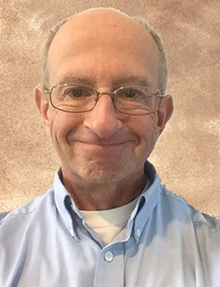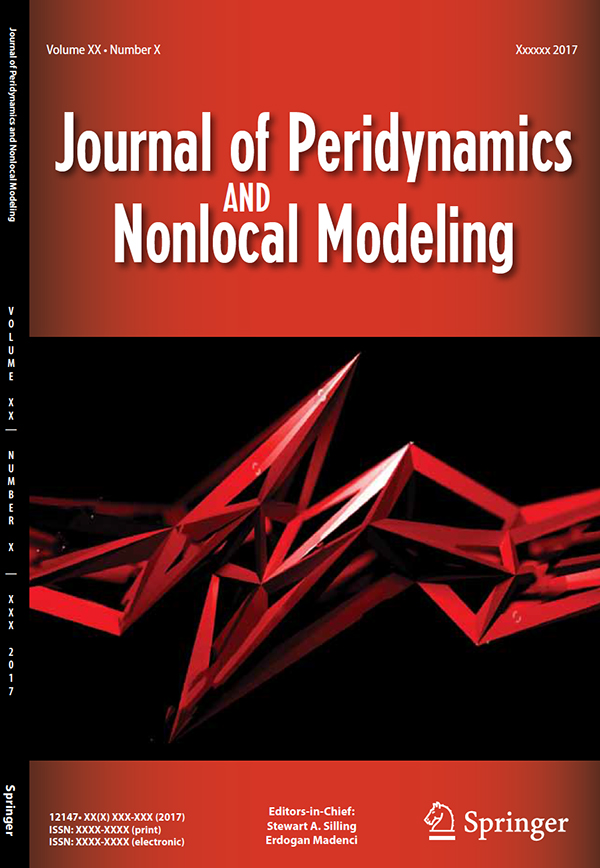Sandia’s Stewart Silling to co-edit new technical publication

Standard equations for solid mechanics aren’t well-suited to complex problems such as modeling cracks in materials. So Sandia’s Stewart Silling worked to generalize those equations to make them mathematically compatible with today’s needs.
French mathematician Augustin-Louis Cauchy proposed the standard equations for analysis in the early 1800s. But Stewart says they’re not up to the challenges of modern technology, such as modeling nanoscale interactions or how complex materials deform and fail.
Now he and University of Arizona aerospace and mechanical engineering professor Erdogan Madenci have been named co-editors-in-chief of a new publication, the Journal of Peridynamics and Nonlocal Modeling. It will be published by Springer, part of Springer Nature, one of the largest publishers of scientific journals.
The publication will give those working on the theory a forum and access to reviewers who understand the nuts and bolts of it, Stewart says. Madenci, who calls peridynamics a game changer in mathematics and mechanics, says the journal will create a platform to showcase new applications and advancements, promote growth in peridynamics research, and attract exceptional researchers and graduate students.

The first issue is tentatively scheduled for January 2019 to allow enough time to solicit and review papers.
Other Sandia researchers have been editor-in-chief of publications, but a new journal that developed from an idea that began at Sandia “doesn’t happen every day,” Stewart says. He says Madenci proposed the journal.
A pioneer in peridynamics
Stewart started working on peridynamics in 1998, making him a pioneer in the field. He spent a year at Caltech as a visiting faculty member on temporary assignment from Sandia, which gave him time to develop a generalized theory. He published his first peridynamics paper in 2000. The US Association for Computational Mechanics awarded him the Belytschko Medal in 2015 for outstanding and sustained contribution to computational solid mechanics.
Peridynamics is useful for such areas as structural mechanics, impact and penetration mechanics, shock waves, predicting materials failure, fracking, and composite materials. “The theory is being applied to problems as diverse as additive manufacturing, fragmentation of munitions, aging of concrete structures, bird strikes against aircraft, erosion of high-temperature ceramics, cracking of car windshields, and even the spread of cancer cells,” says Stewart, who has been with Sandia 27 years.
Research groups worldwide are developing the theory and its applications and it has been implemented in computer codes that model fracture in various problems, Stewart says. “There are still difficulties remaining with the new theory, but people are starting to recognize its potential,” he says.
The journal plans two issues the first year, each with a dozen papers. “Based on the global interests of this emerging area, we anticipate the number of journal submissions to steadily multiply, inspiring new ideas, further discussions and continued exploration,” says Melissa Fearon, senior editor at Springer.
“It was exceedingly evident from our correspondence with scientists in the community that both Stewart Silling and Erdogan Madenci possess the precise qualifications to steer the editorial leadership of this new journal,” she says.
Sandians David Littlewood and Michael Parks serve on the journal’s editorial board.